 |
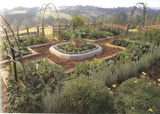 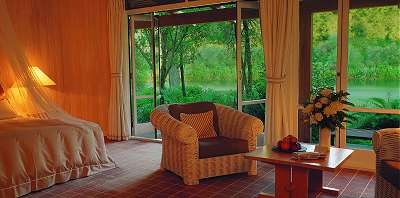
* This year garden centres have got the message that global climate change is a reality. Outdoor living products have featured strongly. Design your Town House for outdoor living and embrace this very social and healthy alternative.
* Design your country garden to allow for easy access from kitchen, dining and indoor living areas to the garden. Make sure doorways, paths and steps are wide and safe to carry trays of food and drink.
* Plan your outdoor living space to provide shade as well as sun. An experienced designer can help you with sun angles and orientation of arbour and pergola beams for privacy and shade.
* Indoors, be confident with colour. Position a few cherished pieces for maximum effect. Then take that colour accent outdoors into the adjacent garden.
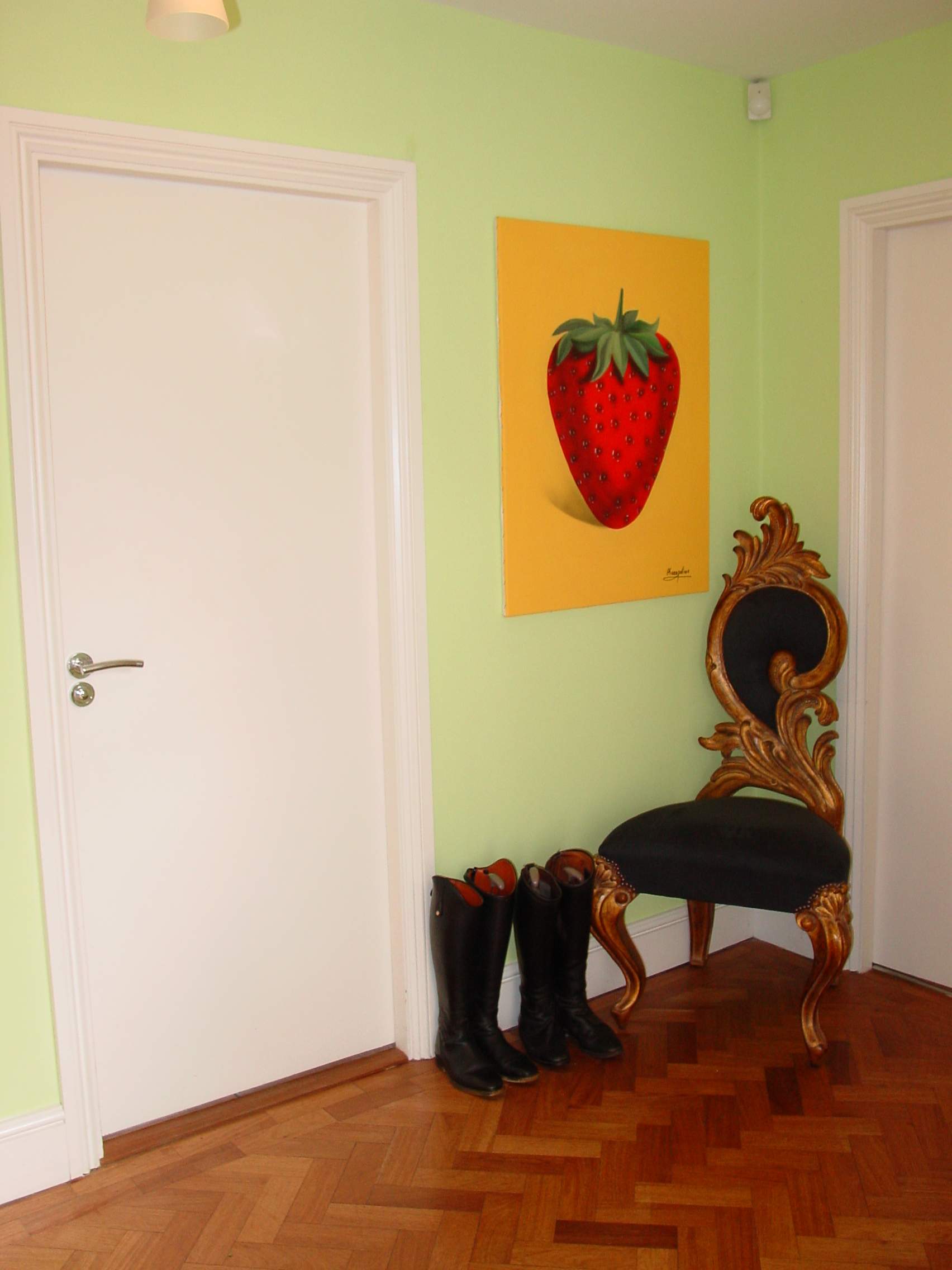
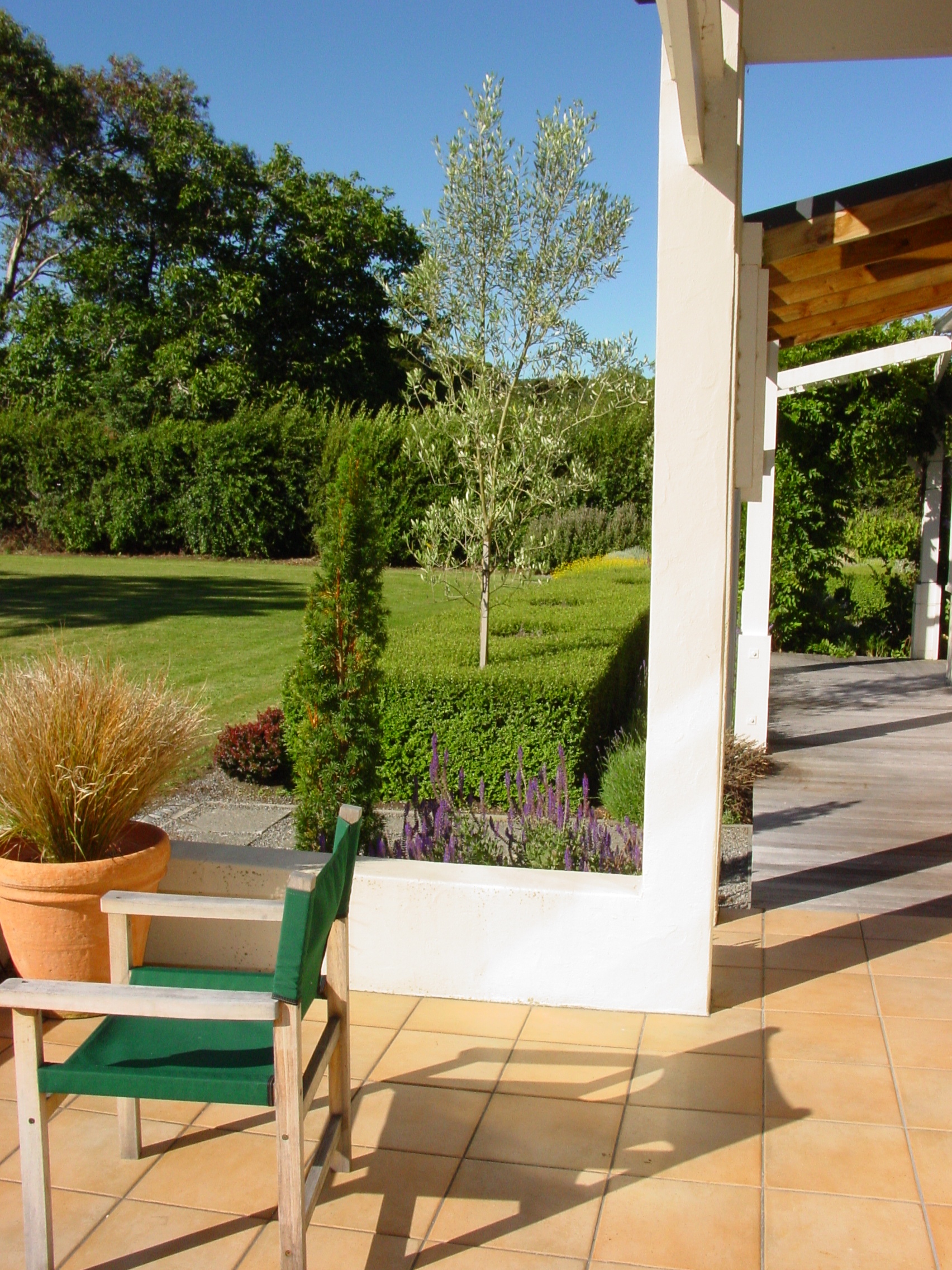 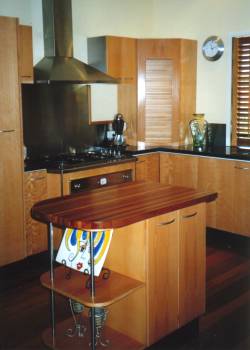
Anything which, to the eye, is split into parts, appears less as a
whole than what is undivided.
Because this impression is produced by its appeal to the thoughts,
not by its effect on the eye.
|
HOME & GARDEN DESIGN TIPS |
- Save money and fossil fuels. Ensure that all cavity spaces are used to best effect. Boost insulation to minimize the need for heating;
- Plan and plant a vegetable garden and fruit trees. No space ? No problem. Grow vegetables in sacks on the balcony, lettuces thrive in free draining hanging baskets, fruit trees have been developed for container growing with dwarf root stock.
- Minimize energy consumption by using natural daylight. Place windows on all sides of the building. Enlarge windows if necessary and/or glaze doors. Use heating and cooling systems which offer maximum efficiency. Consider installing opening windows on adjacent walls to create cross-draughts to cool a space. Insulate glass with thermal window coverings such as thick curtains or Roman blinds . In particularly hot areas, plant trees to shade the house from summer sun.
- Use thick, sustainable, wood or straw walls where possible. Solid floors will absorb any of the sun's heat that shines on them. Slate flooring over concrete has an even greater thermal effect but uses a lot of energy in its production. (People in the home give off heat too - you'll know this if you share your bed with a dog, cat or partner!) Insulated floors and walls will release the heat at night, when it is needed most;
- Do not use any tropical hardwoods such as teak, mahogany; (even so-called tropical plantation timbers have a negative impact on the environment as the natural rainforest is cleared to make way for the plantation. Think about homes for endangered species such as Orangutans and soil erosion from land clearance. Support eco tourism ventures to ensure a viable economy for the people rather than logging);
- Choose timber materials for structural strength rather than steel as this locks up atmospheric carbon (only by burning the trees would the carbon be released back into the atmosphere to contribute to global warming);
- Save time and money. Use materials which are durable and therefore will require minimal maintenance. This saves everybody's resources;
- Consider using locally produced materials to boost regional employment and reduce demands on transport systems (thus reducing pollutants and fossil fuel use). With increased demand local artisans can generally rise to the challenge to meet supply. Exotic tastes need not center on foreign imported goods.
- Where available, use bamboo for flooring, furniture, in fact anywhere you might otherwise choose a hardwood. The wood is denser, lighter, inexpensive and from a totally renewable resource. Bamboo grows a meter (1 yd)/ day and matures fully within 3-4 years, grows just about anywhere from temperate to tropical regions and is the new smart choice in building materials.
- Use water permeable crushed rock for your paving rather than asphalt to allow water to percolate down to the water table. Over-paved urban areas frequently have problems with surface flooding and run-off from streets polluting rivers and beaches.
- Minimalist architecture and furnishings allows clearest thought. Meditation, yoga, Eastern religions all work from this principle. Maybe we could learn something from this?
- Clear, uncluttered lines will bring order to your busy life.
- Spring and summer are about fresh textures, colours and sweet perfume. Bring some into your home through a bowl of fresh seasonal fruit, potted plants in the garden, fresh cut flowers, new cushion covers and a scrub down.
- Autumn and winter need a boost too, so trim dead leaves off house plants, arrange seasonal displays of fruit and flowers, polish the windows to let in maximum light and group furniture for cozy nights in.
- Comfortable living that makes a personal design statement is what smart house and garden design is all about. Fussy decorating is to be avoided (and then notice how your cleaning bill goes down).
- Browse through quality house and garden type magazines, drive through the best neighbourhoods, travel, talk to people. Work out what attracts you to a particular lifestyle. Just because you have always lived a certain way does not mean that you cannot seize the moment, redesign your home and feel invigorated as a result! Take a few good ideas and adapt them to your local surroundings. There is no copyright on a good idea. Look around you and learn from what you see!
- Check out your local garden center for free information sheets. They generally put them out to inspire you just before the new season.
- Try some Feng shui and plant blue flowers in the southeast corner of your garden and watch family finances prosper.
- Remember that anyone can be made to look stylish if they've got the money; true artistry comes from doing it on a budget.
|
|
|
|



